Vegetable
All Vegetable Content
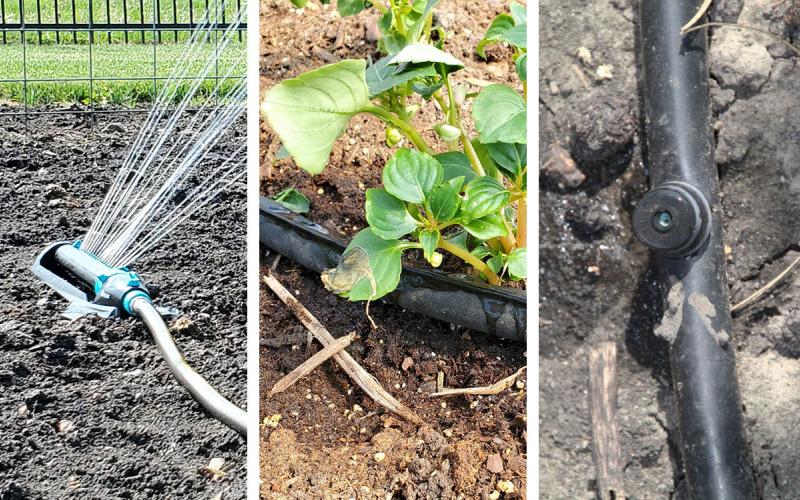
Options for Watering Home Gardens and Landscape Plantings
Ensuring that your garden plants receive adequate water throughout the growing season does not have to be overwhelming. There are a variety of water management options available to make the process easier.
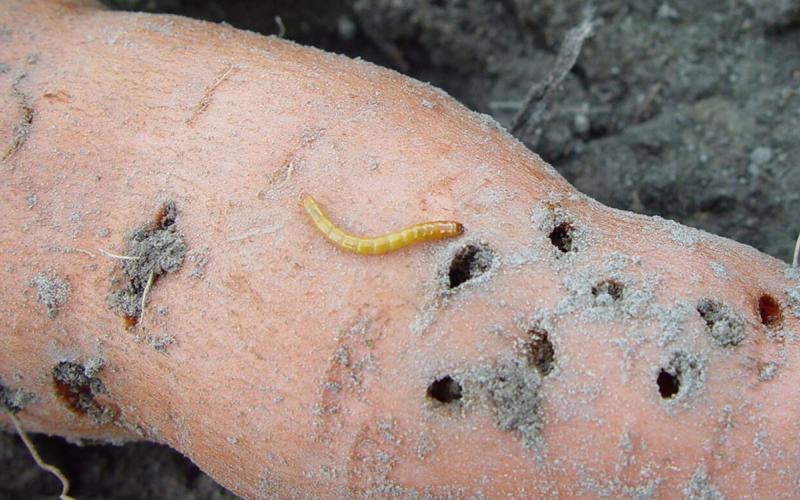
Wireworms in the Garden
With warming soil temperatures, overwintering wireworms have become active throughout South Dakota. Wireworms are soil-dwelling insects that can be pests of germinating seeds, seedlings and root crops.
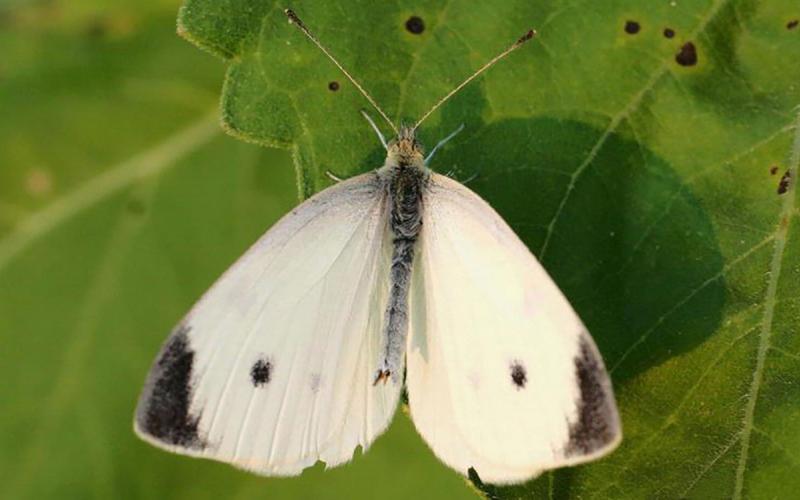
Cabbage White Butterflies Are Here!
Keep an eye out for cabbage white butterflies in your garden. These butterflies lay eggs on the underside of the vegetable leaves. Once the eggs hatch, their caterpillars feed on cabbage, broccoli, Brussel sprouts, cauliflower, kale, turnips and radishes.
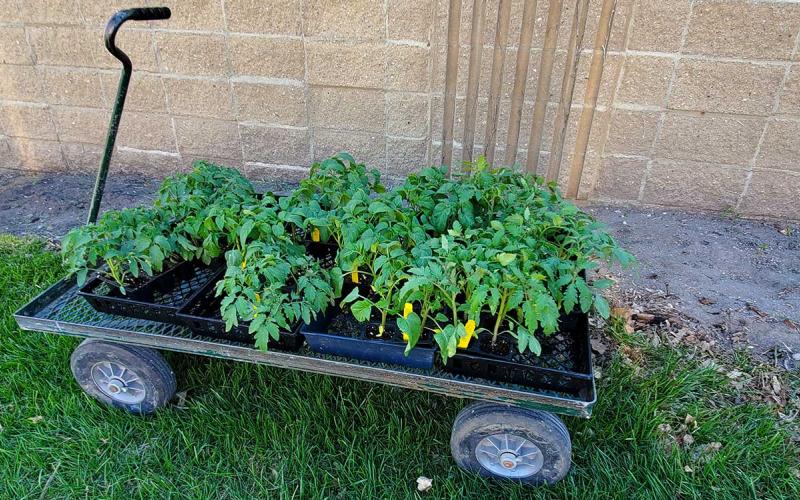
Harden Your Transplants Prior To Planting Your Garden
Hardening plants is an important step that gardeners should not skip. Take the time to harden your plants properly and reap the benefits of sturdy, well-established plants throughout the gardening season!
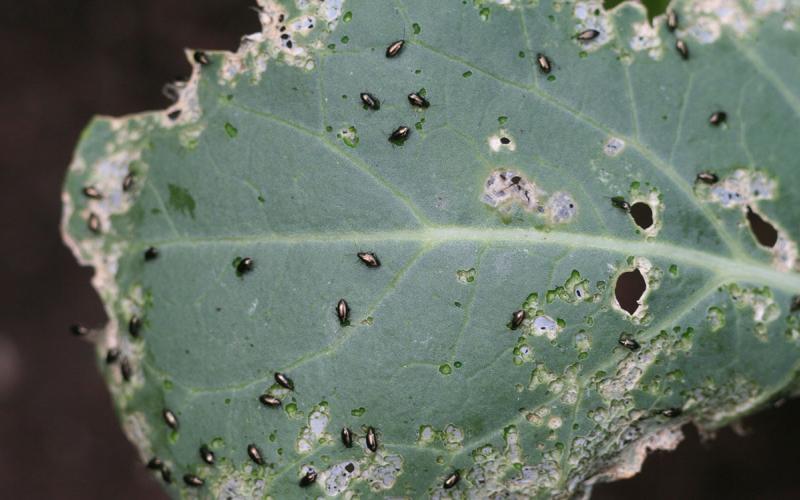
Flea Beetles Already Active In Gardens
It may seem early, but flea beetles are already active in gardens in South Dakota. Adult beetles feed on leaves and stems, and their feeding will leave behind a multitude of small, irregular holes or pits.
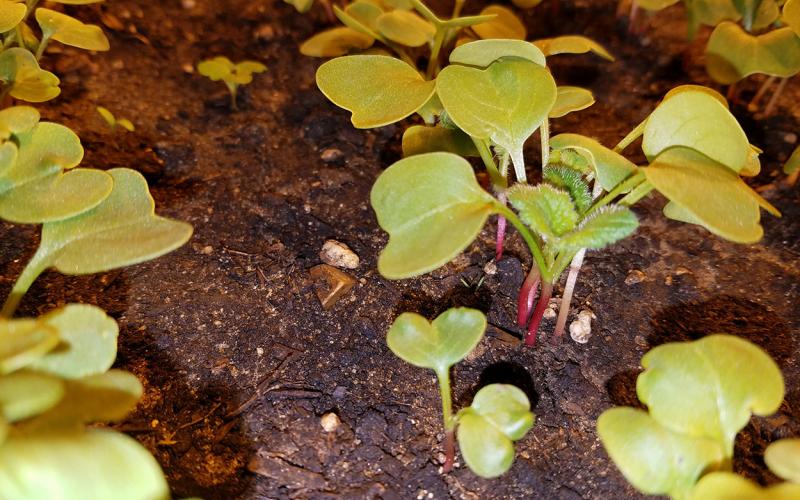
Radish: A Quick-Growing Vegetable To Enjoy in Spring
Radishes can be planted early in the growing season, as they germinate in soils temperatures as low as 40 degrees Fahrenheit.
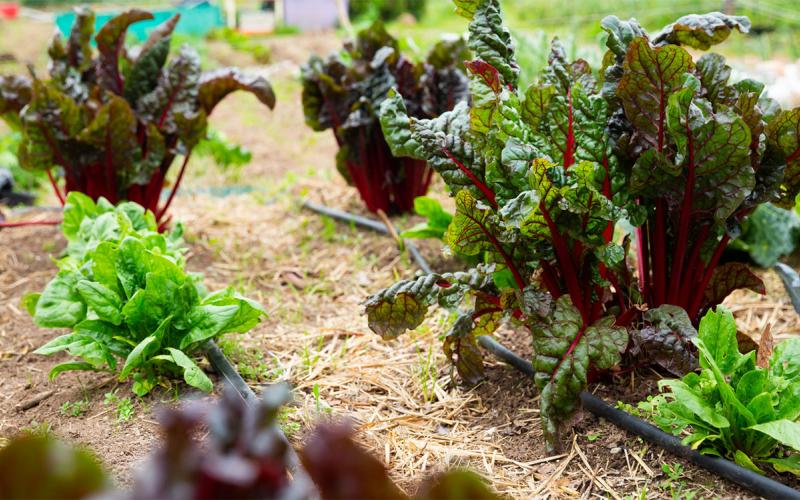
Vegetable Gardening During a Drought
In a drought, getting water to plants is a priority. The following management tips will help you efficiently use water and maximize other gardening practices to achieve a healthy and productive garden.
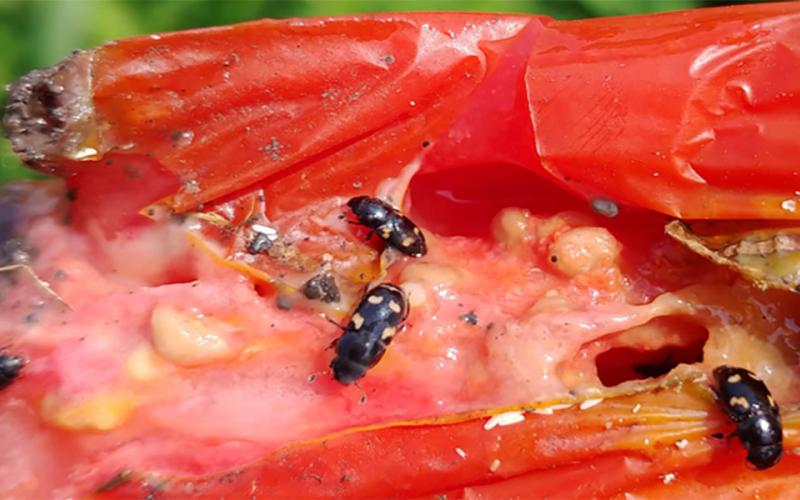
How Do I Keep Insects From Destroying My Garden Produce?
It is not unusual to see insects in a garden during the fall, but it can be frustrating to watch nearly ripe produce be destroyed by insects before it can be picked.
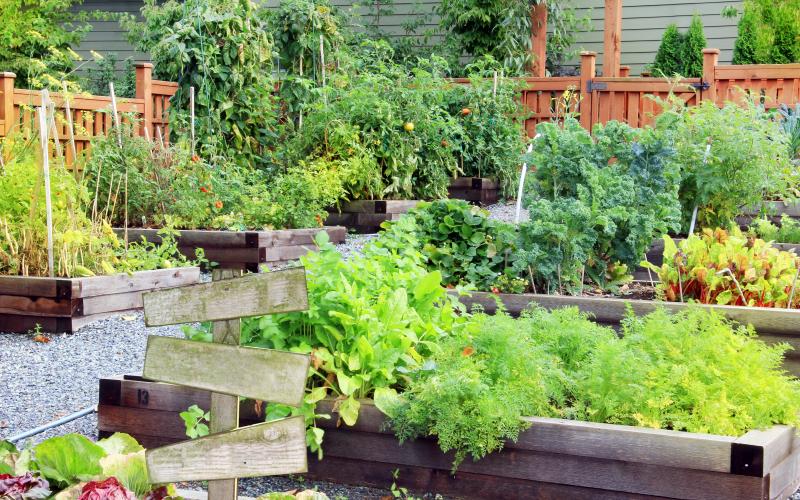
Vegetable Gardening in South Dakota
Whatever your reasons to start a vegetable garden: fresh produce with great flavor, exercise, saving money, enticing children (and adults) to eat healthier food, or knowing where your food came from and how it was grown, this booklet will help you with basic information and tips to get started.
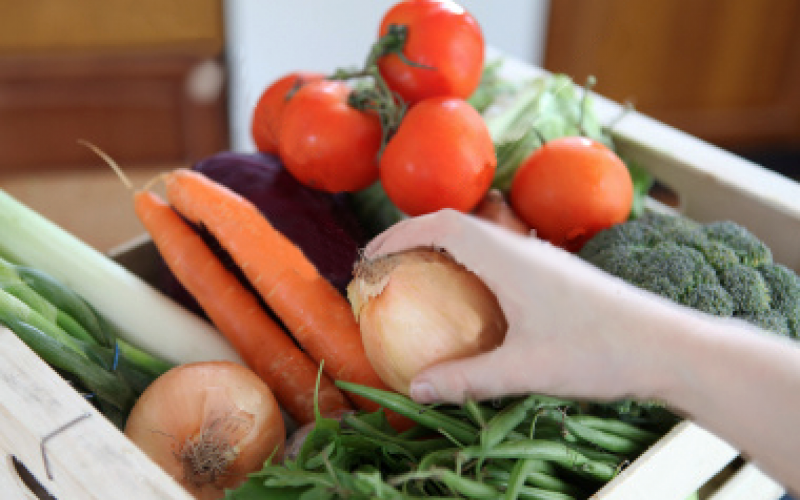
Blossom End Rot on Tomatoes and Other Vegetables
Publication about the symptoms, causes and management of blossom end rot on tomatoes and other vegetables.